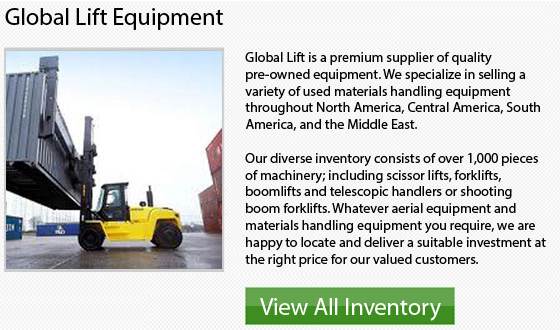
Forklift Safety Rules and Suggestions
In the United States, 20,000 individuals are hurt each year in accidents connected to the use of forklifts. And each and every year around 100 deaths are caused by forklift accidents. Fortunately, correct training about maintenance and operation procedures can considerably lessen the risk of accidents. The following basic safety rules and tips must be followed when operating a forklift.
Training
It is the job of the employer to make certain that the proper training program is provided to the employees and that operators of forklifts are qualified.. Training involves a combination of presentations, lectures, discussions and practical hands-on training. Reevaluation must take place every three years. Operators of forklifts should be up-to-date with current forklift safety regulations. Forklift training program content includes dangers of forklift operations, general workplace hazards, dangers related to using the particular forklift which the worker would be using and workplace surfaces and lighting. An employee should be 18 years of age or over to use a forklift.
Maintenance
To be able to make certain that the machinery is functioning properly and safely, forklift inspection must be done each day. The inspection involves keeping a checklist of items and reporting any problems immediately.
The Work Place
Having a safe and clean workplace is vital in the safe operation of a forklift. A work place that is safe means establishing "traffic lanes" that are just designated for forklift use. Warning systems like flashing lights and horns should be in place to be able to indicate when there is a forklift approaching. Forklift docking stations should be kept in good repair and inspected on a daily basis.
General Guidelines
Included in the general safety rules of using a forklift are respecting the load capacity of the forklift and never going over the maximum; avoiding known hazards on the ground, such as oil spills or wet spots; lowering or raising the load only when the forklift is stationary; ensuring there is enough clearance for the load; and keeping legs, hands and arms in the vehicle during operation.